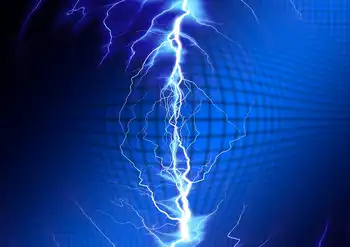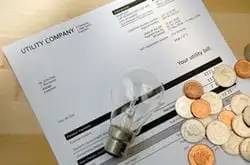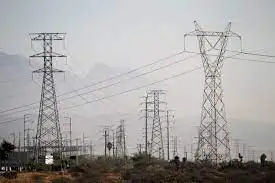Storing solar power in salt
It’s all possible, said Terry Murphy, president of SolarReserve. The company’s design uses the sun’s heat to boil water and spin a turbine — not unlike other “solar thermal” concepts that are now common.
But where a typical system uses mirrors to concentrate sunlight and heat water; SolarReserve uses them to heat a salt, which melts into a liquid about twice as dense as water — and here’s the catch: stored in thermal silo, the melted salt is able to maintain vast amounts of heat, which can be tapped later for use in power production.
The company received a second round of financing — $140 million — just last fall, and hopes to break ground next year.
SolarReserveÂ’s heat concentrators are not terribly different from other similar systems. It includes a tower that resembles a tall smokestack at a coal plant. At the top is a black cylinder that absorbs heat, and surrounding that are 17,000 mirrors, each six meters by seven meters, and each mounted on a stanchion that looks like a short lamp-post, and controlled by a computer that turns it to reflect sunlight unto the cylinder, regardless of season of the year or time of day.
The big difference is in the two storage tanks at the base of the tower. They can hold salt with enough heat to run the generators for hours. A demonstration deployment in the 1980s generated about 10 megawatts – enough to run about ten small shopping centers. The design SolarReserve hopes to break ground on next year would generate up to 300 megawatts.
“People talk about baseload capacity as the holy grail,” Mr. Murphy said, referring to plants that can run dependably around the clock, supplying the minimum expected demand. “But the real holy grail is dispatchability,’’ he said.
He compared it to pumped hydro, in which water is pumped up hill in the middle of the night, so it can run back down during the day when power is used. In this case, he said, it is “pumped solar.”
A German company, Solar Millennium, is currently building a plant in Spain that also stores heat in molten salt. But the United States may be a better market, said Mr. Murphy, because prices paid by utilities vary so much; it might even pay to gather heat in the morning and sell it as electricity in the afternoon, when the prices — and demand — are much higher.
Mr. Murphy, who said he had 40 plants under development, also suggested that as the penetration of wind power increased, there would be more demand for “dispatchable” power from low-carbon sources, like his solar thermal design, when the wind stops blowing.
Related News

Almost 500-mile-long lightning bolt crossed three US states
NEW YORK - An almost 500-mile long bolt of lightning that lit up the sky across three US states has set a new world record for longest flash, scientists have confirmed.
The lightning bolt, extended a total of 477.2 miles (768 km) and spread across Mississippi, Louisiana, and Texas.
The previous record was 440.6 miles (709 km) and recorded in Brazil in 2018.
Lightning rarely extends over 10 miles and usually lasts under a second.
Another lightning flash recorded in 2020 - in Uruguay and Argentina - has also set a new record for duration at 17.1 seconds. The previous record was 16.7 seconds.
"These…





